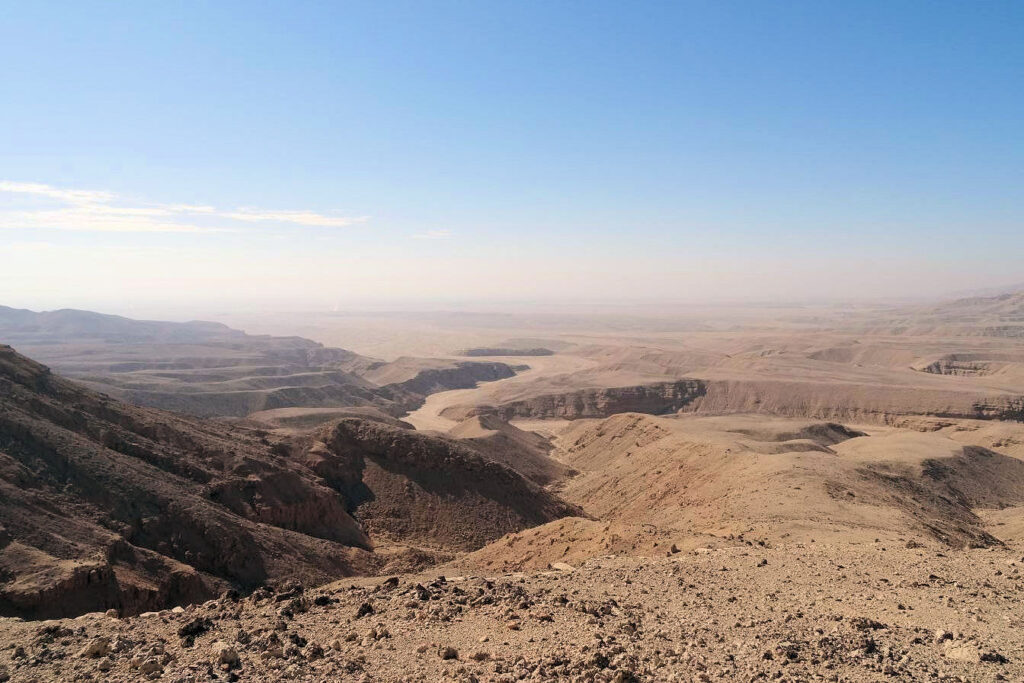This talk took place at the July meeting of the Essex Egyptology Group on Sunday 7 July, 15.00, in person at Spring Lodge Community Centre.
This talk presented tombs and temples at Thebes dating from before the New Kingdom.
Thebes is mainly known for its New Kingdom monuments; the Valley of the Kings, the Temple of Hatshepsut, Karnak and Luxor are some of the most iconic places from Ancient Egypt. However, before the New Kingdom, Thebes was an important town .
In the Old Kingdom the town was a main urban centre in Upper Egypt, as can be seen from the mastabas and several decorated rock cut tombs. In the First Intermediate Period, Thebes became the capital of a kingdom that managed to unite Egypt. The burials and monuments of the period will be discussed, including several royal tomb complexes. In the 11th Dynasty, Thebes was, for a brief period, the capital of a united Egypt. From this short period come a high number of outstanding burials for the highest court officials, including the tomb of Meketre with its unique wooden models. Several burials of queens still contain well-made sarcophagi which are among the most beautiful examples ever made in Ancient Egypt.
From the 12th Dynasty, we have evidence that the Amun-Ra temple at Karnak was transformed into a monumental temple complex. In the late Middle Kingdom, Thebes became the administrative centre of Upper Egypt and Nubia and finally the capital of Upper Egypt in the Second Intermediate Period. Kings built pyramids there again. The latter were lost for a long time but excavations in the last few decades were able to locate them.
Dr Wolfram Grajetzki studied at the Free University of Berlin and the Humboldt University of Berlin. He has excavated in Egypt and Pakistan. He has published articles and several books relating to the Egyptian Middle Kingdom, administration, burial customs and queens. He is a researcher for the Centre for Advanced Spatial Analysis and works on the project “Digital Egypt for Universities” at University College London.
